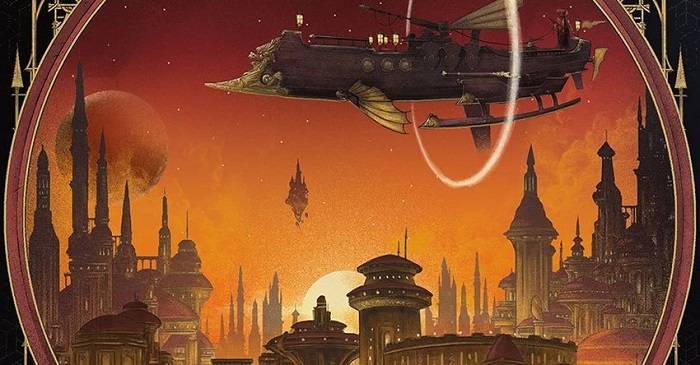Overlords
The Overlords were also known as “Primordials” since they were the oldest and most powerful of the children of Khyber. Na-Vakhti was an expression in the Abyssal and Primordial tongues that means “Overlord.” Abyssal was a corruption of Primordial, the language spoken by most of the Overlords. Today, these entities are more commonly called the rakshasa rajahs, since they are the entities that the rakshasas of Eberron serve, but these beings are in no way rakshasas themselves. The term “fiendish Overlord” is far more accurate and will be used here
In the first days of the world, the children of the Dragon Below rose from the darkness to reign over the material realm. The greatest among them were the overlords, who held dominion over a world of fear, war, and death until the children of Khorvaire and the Dragon above rose up against them. Armies of dragons fought against the fiends of the Dragon Below. And though the overlords couldn’t be destroyed, the couatl sacrificed their lives to build a prison of celestial light: a silver flame that bound the overlords in Khyber once more. These bonds have held for countless generations, but the overlords still yearn to break free and reclaim the world above.
As long as the overlords are bound by the Silver Flame, they can’t physically manifest in the world. But each overlord embodies a particular aspect of evil, which grows in strength as their servants—the fiends known as the Lords of Dust—scheme to unleash their ancient masters. The overlords gain strength when mortals embrace the dark paths laid down for them. And as they grow stronger, they gain more influence.
Some thirty overlords are bound in the Dragon Below.


Comments